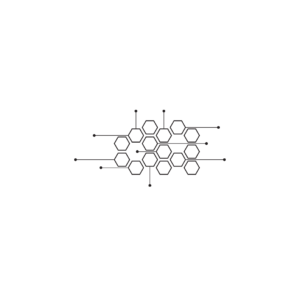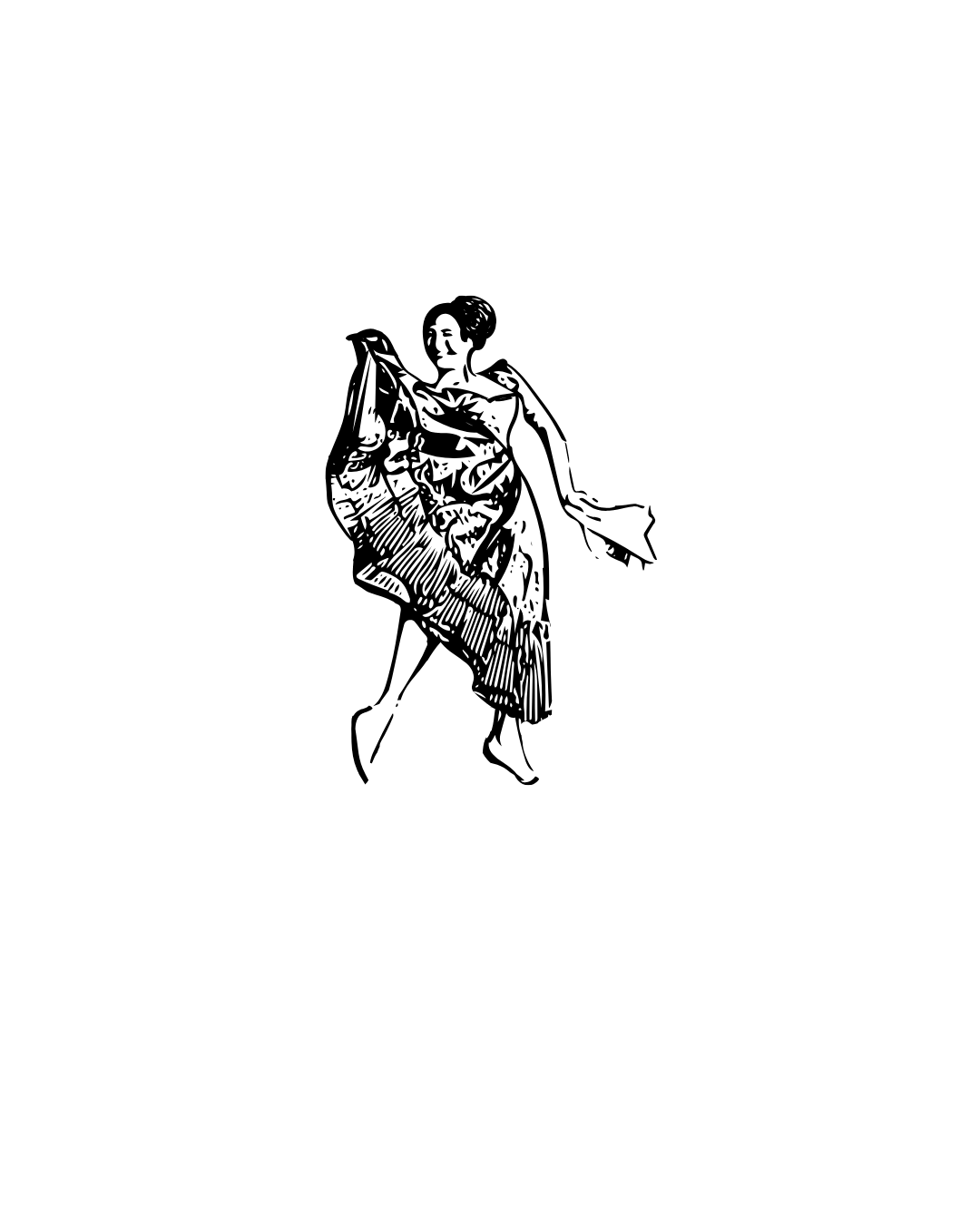Description
A Post Graduate Diploma in Animation is a specialized program designed to provide students with comprehensive training in various aspects of animation, including 2D and 3D animation, character design, storyboarding, and digital media production. This program caters to individuals seeking to enter the dynamic field of animation and visual effects, equipping them with the practical skills and theoretical knowledge necessary for a successful career.
Curriculum Overview
The curriculum for a Post Graduate Diploma in Animation typically includes a blend of core courses, hands-on projects, and collaborative work. While specific offerings can vary among institutions, common components of the program may include:
Core Components
Fundamentals of Animation:
Introduction to animation principles such as timing, spacing, and movement, focusing on both 2D and 3D techniques.
Character Design:
Techniques for creating compelling characters, including character development, anatomy, and personality portrayal.
Storyboarding:
Learning how to create storyboards that outline the visual narrative of animated films, including layout, pacing, and scene transitions.
2D Animation Techniques:
Hands-on training in traditional and digital 2D animation methods, using software such as Adobe Animate or Toon Boom Harmony.
3D Animation and Modeling:
Instruction on creating three-dimensional models and animations using programs like Autodesk Maya, Blender, or Cinema 4D.
Visual Effects (VFX):
Understanding the basics of visual effects and compositing, exploring software like Adobe After Effects to enhance animation projects.
Digital Media Production:
Training in the production process for animated content, including pre-production planning, production workflows, and post-production editing.
Animation for Gaming:
Exploring the unique aspects of animation within the gaming industry, including character rigging and gameplay animation techniques.
Sound Design and Music for Animation:
Basics of sound design and its importance in animation, including how audio complements visual storytelling.
Portfolio Development:
Guidance on building a professional portfolio to showcase skills and completed projects, preparing for job applications in the animation industry.
Career Opportunities
Graduates of a Post Graduate Diploma in Animation can pursue various career paths in the animation and multimedia sectors, including:
2D Animator: Creating animated sequences in a two-dimensional format, often for television, films, or digital media.
3D Animator: Developing three-dimensional animations for films, video games, or advertisements, focusing on character and environment design.
Character Designer: Specializing in the creation and development of characters for animations, games, or comic books.
Storyboard Artist: Preparing storyboards that visually represent scenes in animated projects and help guide the production process.
Visual Effects Artist: Creating and integrating visual effects into animation or live-action projects, enhancing storytelling through digital skills.
Animation Director: Overseeing the animation process and guiding a team of animators to ensure artistic consistency and quality.
Game Animator: Focusing on animations specifically for video games, including character movement and environment interactions.
Freelance Animator: Working independently on various projects, potentially for multiple clients across film, television, and online media.
Further Education
After completing a Post Graduate Diploma in Animation, graduates may choose to pursue further studies or certifications in specialized areas such as advanced 3D modeling, character animation, or visual effects. Some may also consider opportunities to enroll in a Master?s program related to animation or digital media for deeper exploration and expertise in their chosen field.
If you have any questions about the Post Graduate Diploma in Animation program, potential career paths, or related topics, feel free to ask!









